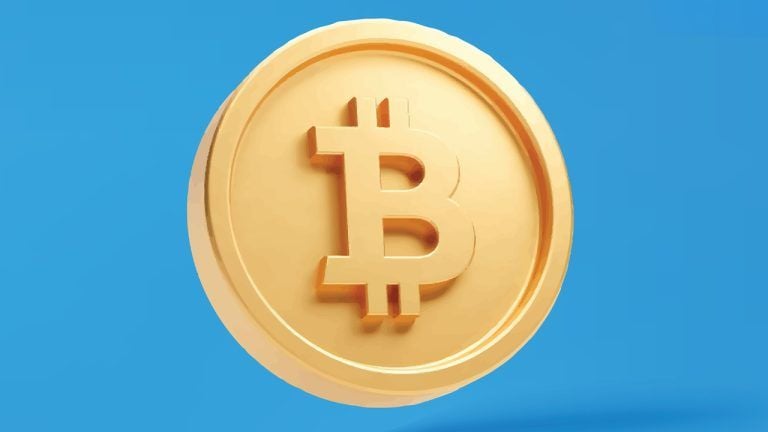
5 key reasons why Bitcoin will likely see new all-time highs soon

On-chain data suggests Bitcoin price will likely breakout to a new all-time-high soon as whales, miners and long-term hodlers turn bullish again.
The price of Bitcoin (BTC) has been under severe selling pressure by whales for the past two months, on-chain data reveals.
However, five key indicators suggest that major sellers are about to turn into hodlers or even accumulators of Bitcoin again, while institutional demand remains high. This is an explosive setup that may send Bitcoin to new all-time highs in the near term.
Whales stopped selling
The number of whales, which are Bitcoin addresses with a balance equal to or more than 1,000 Bitcoin, have declined by more than 10% since Feb. 8, suggesting a large sell-off of Bitcoin.
While the price of Bitcoin managed to see two all-time highs during the two-month dumping period, the overall price rise has significantly slowed down, with BTC finding strong resistance at around $60,000. Since March 31, however, large holders of Bitcoin have stopped selling.

Portfolio rebalancing as a quarter ends is a typical time for sell-offs. As Bitcoin has seen a 104% price rise since the beginning of this year, this was to be expected.
Grayscale, the largest digital asset manager, announced on April 6 that it had just rebalanced its digital large-cap fund at the expense of selling Bitcoin.
If rebalancing is the major driver, and considering that the number of addresses holding equal to or more than 1,000 BTC is back at levels last seen at the end of 2020 — when the price started rising — whales could be finished selling for now.
Long-term hodlers selling Bitcoin are slowing down
When Bitcoin broke its previous 2019 high in October 2020, this begn one of the fastest, most prolonged increases in coin days destroyed (CDD).
The CDD on-chain metric expresses the “weight” at which long-term hodlers are selling. It is calculated by taking the number of coins in a transaction and multiplying it by the number of days it has been since those coins were last spent. This means that the higher the CDD is, the more volume is sold.
However, since the beginning of the year, selling by long-term hodlers is not only drastically slowing down but has almost come back to the level at which the sell-off was initially triggered in 2020.

This suggests that long-term hodlers have become increasingly confident in a higher Bitcoin price in the near term.
Miners have turned into Bitcoin accumulators again
Because Bitcoin miners’ revenue stream is newly mined BTC, they regularly have to sell their mined BTC to pay for their operational expenses such as electricity costs. However, some miners tend to speculate on the price.
By holding back on selling Bitcoin, they become net accumulators. This is expressed in the miner net position change metric, which shows the 30-day change of the supply held in miner addresses.

The last time miners were hesitant to sell their Bitcoin was right before a major price increase almost three months ago. This positive change suggests that miners expect higher prices in the near future.
Institutional demand remains high
Despite material selling pressure from whales, institutional demand for Bitcoin has not slowed down. The net transfer volume of Bitcoin from/to exchanges is deep in the red, almost at a historical low, meaning that more Bitcoin is currently being withdrawn from exchanges than deposited.
This is a sign that these coins are moving to cold storage. This is typical for institutions, as they tend to make long-term investments and prefer safer custody solutions rather than leaving them on an exchange.

Since the pandemic, there has been a historic supply crunch of exchange Bitcoin balances. It has become even more material as institutions have started to accumulate in greater quantities since November 2020.
This is made clear by the large continuous drop in Bitcoin balances on exchanges over the past few months, particularly Coinbase, which is a frequent choice for institutions.

Meanwhile, Coinbase released its quarter one earnings and outlook yesterday, in which it states:
“Assets on Platform of $223 billion, representing 11.3% crypto asset market share, includes $122 billion of Assets on Platform from Institutions. … We expect meaningful growth in 2021 driven by transaction and custody revenue given the increased institutional interest in the crypto asset class.”
Not only is it certain that institutions have materially added to their revenue, but this data also shows Coinbase’s confidence that this trend of buying is likely not going to stop soon.
Weekly ascending triangle close to a break
Since the beginning of February, a weekly ascending triangle has formed. Statistically, this chart pattern gives a higher likelihood of breaking to the upside than to the downside.
If the price were to break to the upside, the size of the triangle suggests a potential breakout target toward $79,000. While neither the break to the upside nor the price target is a certainty, it is a chart worth keeping an eye on alongside major on-chain signals.

Strong forces in the market — whether they are long-term hodlers, miners or whales — are all showing signs of confidence in an increasing price of Bitcoin.
The ascending triangle gives even more reason to believe that this move could be imminent and to the upside. While no one would mind a $79,000 Bitcoin price in the near future, a breakdown of the triangle is also a possibility that should be taken into consideration as not all key on-chain signals have fully aligned just yet.
The views and opinions expressed here are solely those of the author and do not necessarily reflect the views of Cointelegraph. Every investment and trading move involves risk. You should conduct your own research when making a decision.
Go to Source
Author: Chris Voehr









